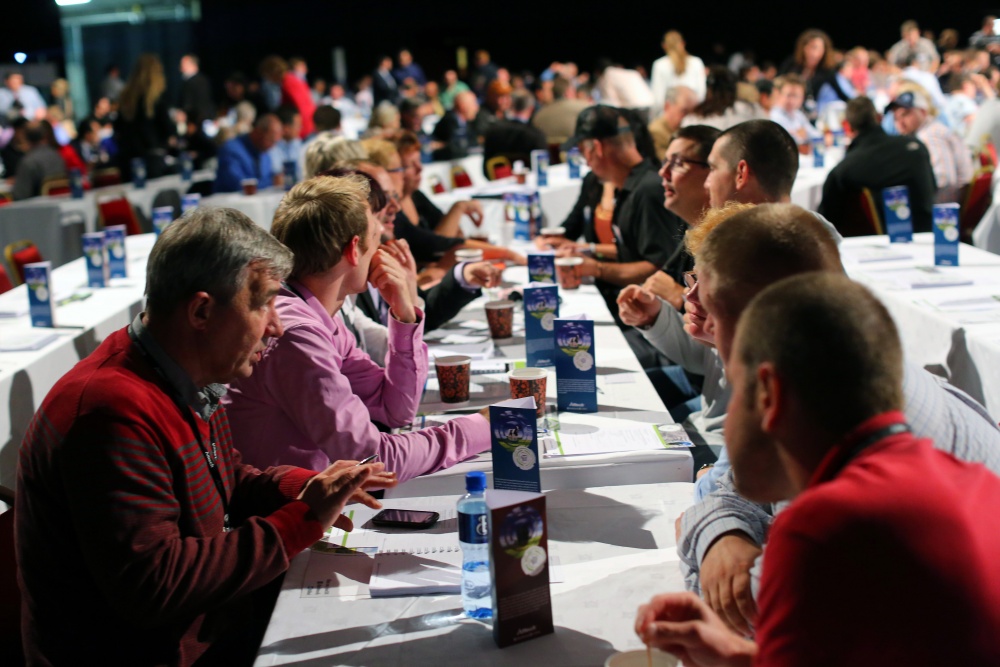Delegates attending day two of the Alltech Global 500 event this morning were told that calving maiden heifers at two years old, as opposed to 30 months, will save dairy farmers €1,500 per head, when one takes account of the additional rearing costs and loss in milk sales that are incurred.
Significantly, Gain Feeds and Alltech have joined forces to develop a heifer-rearing programme, which make the attainment of a twenty four month more than feasible for Irish farmers.
The full details of the new initiative were discussed by Alltech’s John Lawlor, courtesy of his presentation to the conference.
“The programme sets itself the additional target of ensuring that stock calving down at 24 months age will be capable of further growth and development, thereby meeting their full milk production potential over a long number of lactations,” he further explained.
Key features of the programme include the need to prioritise the nutrition and management of the dry cow. Objectives at this stage include the importance of the cow calving down with the correct body condition score of 3.0.
Post calving, the No 1 priority is to ensure that the newborn receives its first feed of colostrum within two hours of birth. A second feed should follow within eight hours. A calf is born with no natural immunity and, in this regard, is wholly dependent on the quality of the colostrum it receives in the first hours of life.
Rumen development is a key driver in determining whether a heifer will reach the weight required to allow her calve down successfully at 24 months. Significantly, the new rearing program stipulates the feeding of high quality heifer rearing feeds to calves from three days of age. This ensures that young calves will develop into ruminants as early as possible, thereby allowing them to fully utilise high-quality forages.
Ensuring that heifers meet their all important weight for age targets is a theme that is reflected throughout the new management programme. All of the weight targets are set as a percentage of mature body weight. So it is essential for individual farmers to get a mature weight of their herd, which must be used as a starting point. Weights can be precisely recorded using scales or estimated accurately using a weight tape.
Weight monitoring should be done every few months or when heifers are brought in for handling ie dosing, TB testing or vaccinations. Weights should be recorded and comparisons made against targets.
The new rearing programme also advises on when dosing and vaccination programmes should be carried out.
Commenting on the relevance of the new Heifer Rearing Program, Lawlor said: “Irish dairy farming is about to enter into a new era of opportunity and potential, that has not been available in over 30 years. The abolition of milk quotas on 1st of April 2015 provides a unique opportunity for Irish dairy farmers to expand their dairy farming business.
“There may be plenty of new realities to doing business in this post- quota era, but many existing dairy farming principals will stay true; the need to maximise the use of scarce resources and improve on-farm efficiencies will be vital to the future profitability of dairy farms as they move forward.
“Rearing replacement heifers is known to be the second biggest cost on the dairy farm. It is a large drain on resources such as land, capital and labour, yet despite this it is often an area that is left neglected. The Gain Heifer Rearing Programme has identified the major areas where money is lost. It has been designed to address these areas in an effort to boost farm profitability.”
Pictured delegates at the Alltech Global 500 in discussion
